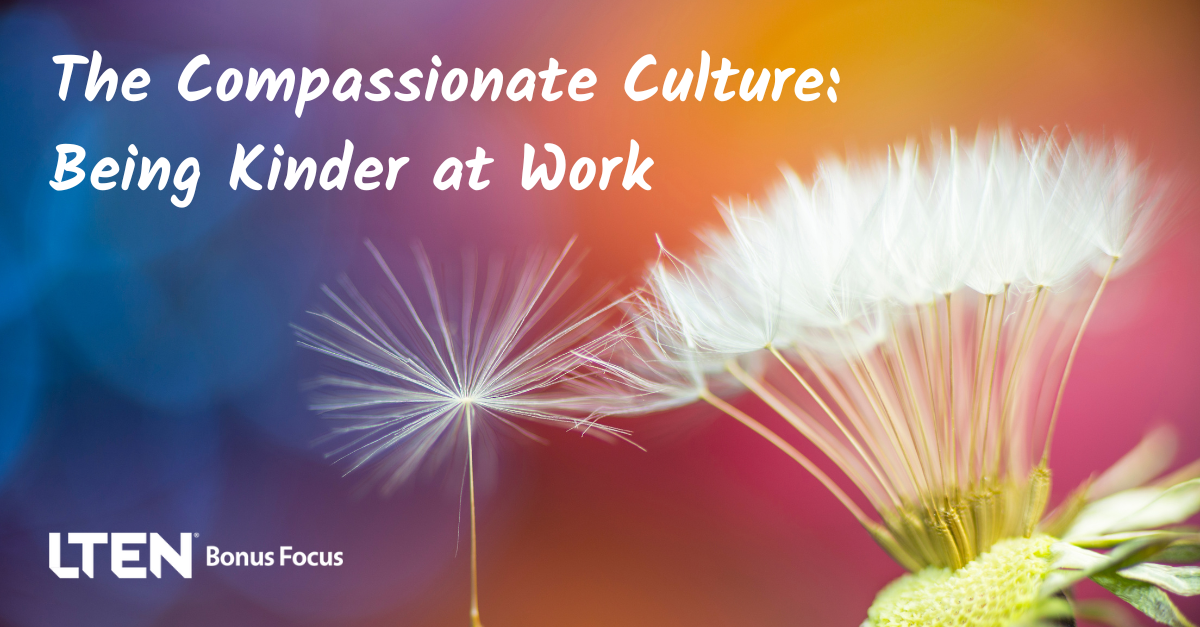
By Jamie Graceffa
At its most basic level, culture is the personality of the organization. It’s what defines the environment in which we work.
I like the word “personality” – this one word with a myriad of interpretations and importance – as it demystifies culture. Most of us know what a personality is. Every human being has one. And it is human beings who show up to work, not job titles. They show up to work and bring their personalities with them.
According to a study by the research and advisory firm Gartner, companies spend $2,200 per employee, on average, each year on efforts to improve the culture. Why? A positive workplace culture increases engagement, collaboration, productivity and performance, and improves teamwork and wellbeing. Sadly, only 30% of chief human resource officers (CHROs) report a good return on that investment.
Moving the Needle
Well-intentioned articles, industry experts and consultants offer a variety of solutions designed to improve company culture. For example, instituting a strong code of ethics or values; creating inspiring work environments; instilling clear processes; implementing state-of-the-art systems; allowing for breaks (I thought this was a no-brainer — guess not!); encouraging flexible work arrangements; adopting no-meeting Fridays; or hosting yoga classes.
All of these are great ideas, but is yoga really going to move the culture needle forward?
Processes, systems and inspiring work environments are all important, but what makes or breaks company culture is how well we treat each other at work. When a person leaves a job, they usually speak about the people they will miss, not their flashy phone, swanky office view or free snacks. When a person starts a new job, their friends and family typically ask about the people: “Do you like your new boss? What about your peers and colleagues? Are they nice? Do you like them?”
Ask yourself this question now: What do you love most and least about your job? I bet your answers are people-based.
How we treat each other at work matters. It’s our personalities that can spread kindness at work, not systems and processes.
We show up at work with a whole history of beliefs and experiences that make us who we are. Some people embrace kindness, some do not. Some believe kindness shows weakness, that it’s not necessary or valued, or only valued situationally by their boss or senior management when they want something.
There are others who exude kindness and compassion; it’s in their blood, it’s how they lead. Then we have the group of people who believe that kindness at work is beneficial. They just need some guidance on what it looks like.
Kindness in Motion
Here are some of the things you can do right now:
- Assume positive intent.
- Give the benefit of the doubt.
- Say thank you and please.
- Listen to understand.
- Recognize colleagues.
- Offer help.
- Be aware of tone, body language and words.
- Be available for your colleagues.
- Be inclusive.
- Ensure all voices are heard.
- Acknowledge good work; pass along compliments.
- Get to know your colleagues; share a personal story.
- Check in with people.
- Be open to other people’s ideas.
- Smile and make eye contact.
- Show empathy.
- Inspire others.
And here are some reflection questions you can ask yourself to help you be kinder at work:
- Who inspires you? How can you learn from them?
- Who do you need to get to know better?
- Who do you need to thank or recognize?
- Who can use your help right now?
- Is there a relationship that you need to reset?
- Who is experiencing a challenge? What do they need?
Sponsorship, Accountability and Courage
Now that you know what it takes to be kinder at work, what will you do?
Any change initiative requires a sponsor; enhancing your culture is indeed a change initiative. It starts at the top and requires senior leaders to communicate frequently about it, check in on progress and hold others accountable for how they behave at work.
It’s the “what” and “how” of performance management: what you achieve and how you achieve it. Is your talent collaborative and inclusive, dismissive and rude, or somewhere in the middle?
Kindness and other behaviors that serve an organization should be present and threaded throughout all talent management, culture, learning and inclusion initiatives. Reward employees who model kindness. Offer help to those who don’t.
It takes courage for a manager to correct the “how” when the “what” may yield phenomenal results, but it must be done if you truly want a compassionate and kinder culture.
Jamie Graceffa is a speaker, facilitator, thought leader and global executive in the areas of learning, talent, inclusion and culture. He is the author of the book Career Control, Love The Job You’re In Or The One You Want. Email Jamie at Jamie.graceffa@gmail.com and follow him at @JamieGraceffa.






